
By Michael Kellner
Maintenance Manager

Ivan Mospak
Lead Heavy Duty Mechanic
Knowing when and how to service your generator will keep it operating up to specs for a long time to come
At Ketek, our skilled service team is here to support all of your needs. When it comes to generator maintenance and service, we have you covered.
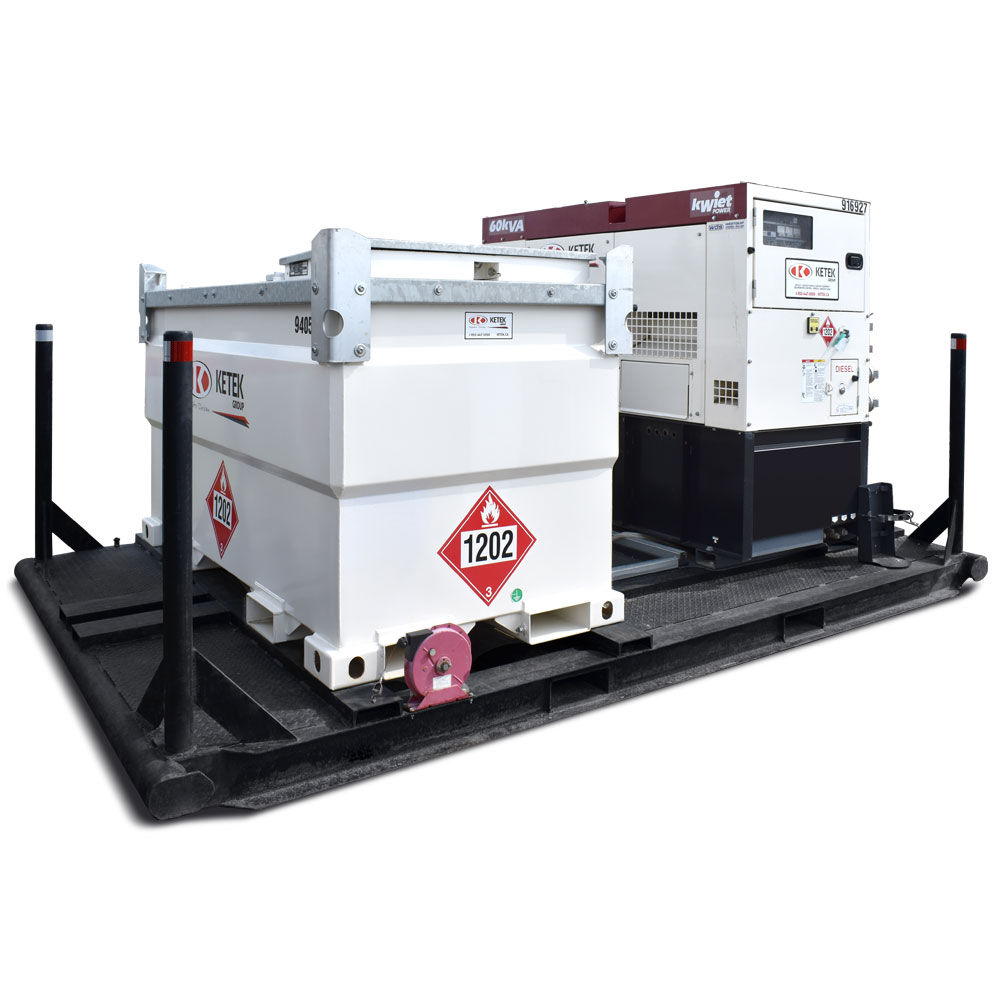
Generator Maintenance & Service
We can’t emphasize enough the importance of regular maintenance and service of your generator. Whether you use your generator daily or it hasn’t been used for months, a reliable, routine maintenance schedule can keep it running at peak performance for its entire lifespan. It will also catch any problems early. Parts that will eventually need to be replaced can be repaired or switched out before they cause any problems. The last thing anyone needs is the generator to fail when it is needed most!
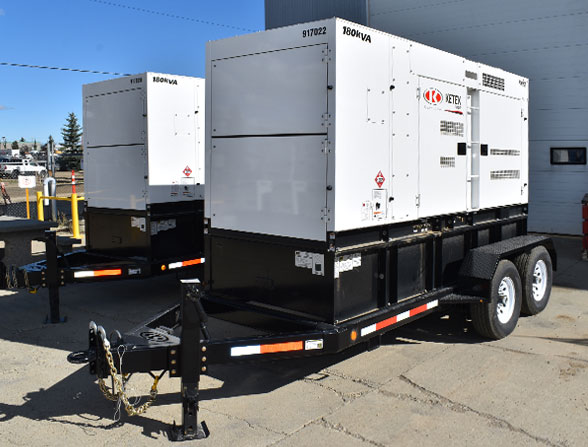
During maintenance, the technician checks on such issues as:
- The fluid and oil levels and PSI
- The status of the oil filters, service if due
- The belts, hoses, lines, connectors, and any other accessories
- The control panel as well as the engine
- The exhaust system, and so on
In accordance with regular maintenance of diesel generators, each inspection should be recorded including any repairs that are made or parts that are changed. This allows professionals to look back and check to see if anything looks out of place. If the generator starts to struggle, any problems or issues can be traced back through the maintenance reports.
Issues can arise even if you have followed a regular maintenance plan. Here are some common generator failures and what to look out for:
- BATTERY FAILURE
There are several things that can cause your battery to fail. For example, loose or dirty connections can adversely affect battery performance. These connections should be cleaned and fastened tightly at periodic intervals. - ENGINE PREHEAT SYSTEM
Make sure glow plugs or inline air heaters are working, as a problem with this system can lead to engine failure to start and further battery discharge, especially in cold weather - BLOCK HEATERS
Make sure the block heaters are plugged in before starting up an engine in cold weather - FUEL, COOLANT or OIL LEAKS
Fuel leaks can happen due to an issue with the pump system. The system should be professionally inspected regularly to make sure it is functioning properly
Coolant leaks can occur in the hoses of the block heater. Maintaining the cooling system frequently will help you avoid leaks. Additionally, coolant can begin to deteriorate over time, so the cooling system should be flushed and replaced with new coolant per the manufacturer’s recommendation.
What appears as oil leaks is most often the result of “wet stacking” (see below). Left unaddressed, wet stacking can severely damage the internal parts of your engine. In some situations, the engine needs to burn off the excess fuel by loading the generator at the proper range for a few hours.
- LOW COOLANT
An engine that’s allowed to run too hot will quickly break down, so it is crucial to check your coolant levels frequently. If you notice that you are going through more coolant than usual, you may have a leak in the system. Keep an eye out for any visible puddles during your routine inspection. Keeping the radiator clean will protect the engine from overheating. - WINTER/SUMMER FAN
Changing fans during the different seasonal conditions can significantly impact the performance of your generator. A winter fan will keep an engine warmer in the winter months during extreme cold, while a summer fan will provide for increased cooling during high heat conditions. - AIR IN FUEL SYSTEM
When generators aren’t used on a regular basis, they can develop air in the fuel system. Air can cause fuel injector failure, so the engine won’t start. You can avoid this issue by operating the generator once a week for at least five minutes. This gives enough time to clear air from the fuel system and to make sure the engine will start and run normally. - POOR MAINTENANCE
At a minimum, maintenance should be done at least every three months, but there may be some instances when you need it sooner, such as in extreme weather conditions. There are certain tasks that you should make sure are covered at every maintenance check.
Generator Best Practices
Now that you know what to look for and you are performing regular service on your generators, we thought we should take the next step and provide our list of generator best practices.
All generator sets, whether diesel or natural gas and regardless of application, load setting and operation, are designed to provide power in the most efficient manner possible. As such, every generator set will have an optimal workload-to-fuel-consumption sweet spot. Because different engines consume fuel at different rates, and higher workloads almost always burn fuel most efficiently, diesel generator efficiency is usually achieved at the higher end of the load setting the generator was designed to maintain. For example, A 15kw residential generator may have lower fuel consumption operating at 10kw rather than at 6kw.
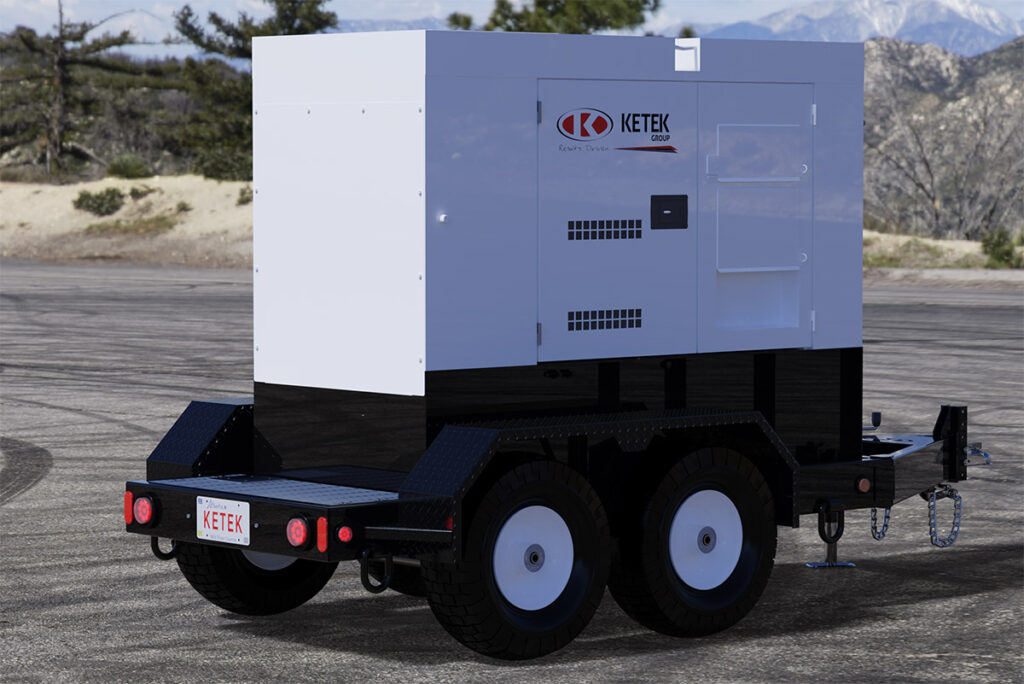
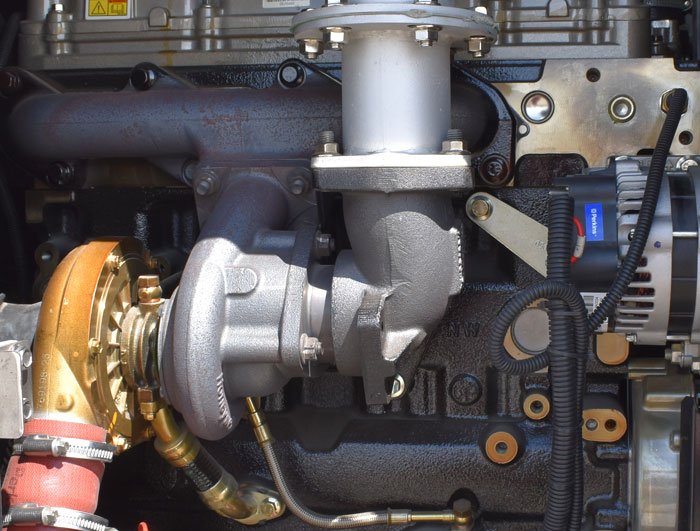
One of the most prevalent problems with diesel engines running below their designed load capacity for extended periods of time is the phenomenon known as wet stacking. Wet stacking occurs when unburned fuel is exhausted due to low operating temperatures. When unburned fuel is exhausted from the combustion chamber, it starts to build up in the exhaust side of the engine, resulting in fouled injectors and a buildup of carbon on the exhaust valves, turbocharger and exhaust.
Running your generator on a light load for extended periods of time will have an impact on the health of your equipment. It’s likely to lead to unscheduled downtime, higher maintenance costs, decreased fuel efficiency and an overall shortened service life for the generator. Remaining within its optimal load-bearing recommendations is key to diesel generator efficiency.
Your Checklist
There are four easy things to check before starting an idle generator. The operator should inspect the equipment and verify that it’s safe to start.
- check oil level
- check coolant level
- check fuel supply
- check battery disconnect
Once you have done your safety inspection and looked at the four parameters above, you are ready to start the engine as per manufacturing procedure. During the start-up process, please make sure to:
- monitor for any issues
- warm up an engine, let it idle for not more than five minutes
- set to high idle not more than 10 minutes
- turn on main breaker
- apply load as per generator availability
So, what can Ketek do for you and your generator?
Our staff of service technicians is made up of experts experienced in helping our customers choose and maintain the equipment that’s right for them. We provide scheduled and preventive generator maintenance and regular site visits.
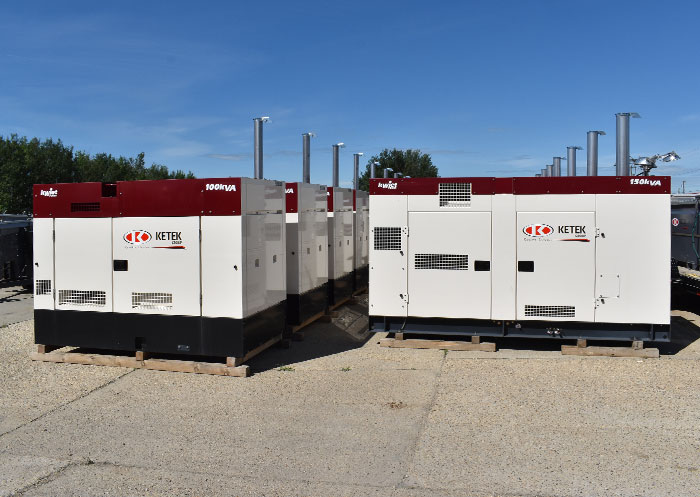
Have questions?
Our staff of service technicians and pumping technicians is made up of experts experienced in helping our customers choose and maintain the equipment that’s right for them. If you have any questions or need support for your pumps or generators, please give us a call at 780 447-5050 or send us an inquiry at info@ketek.ca.
